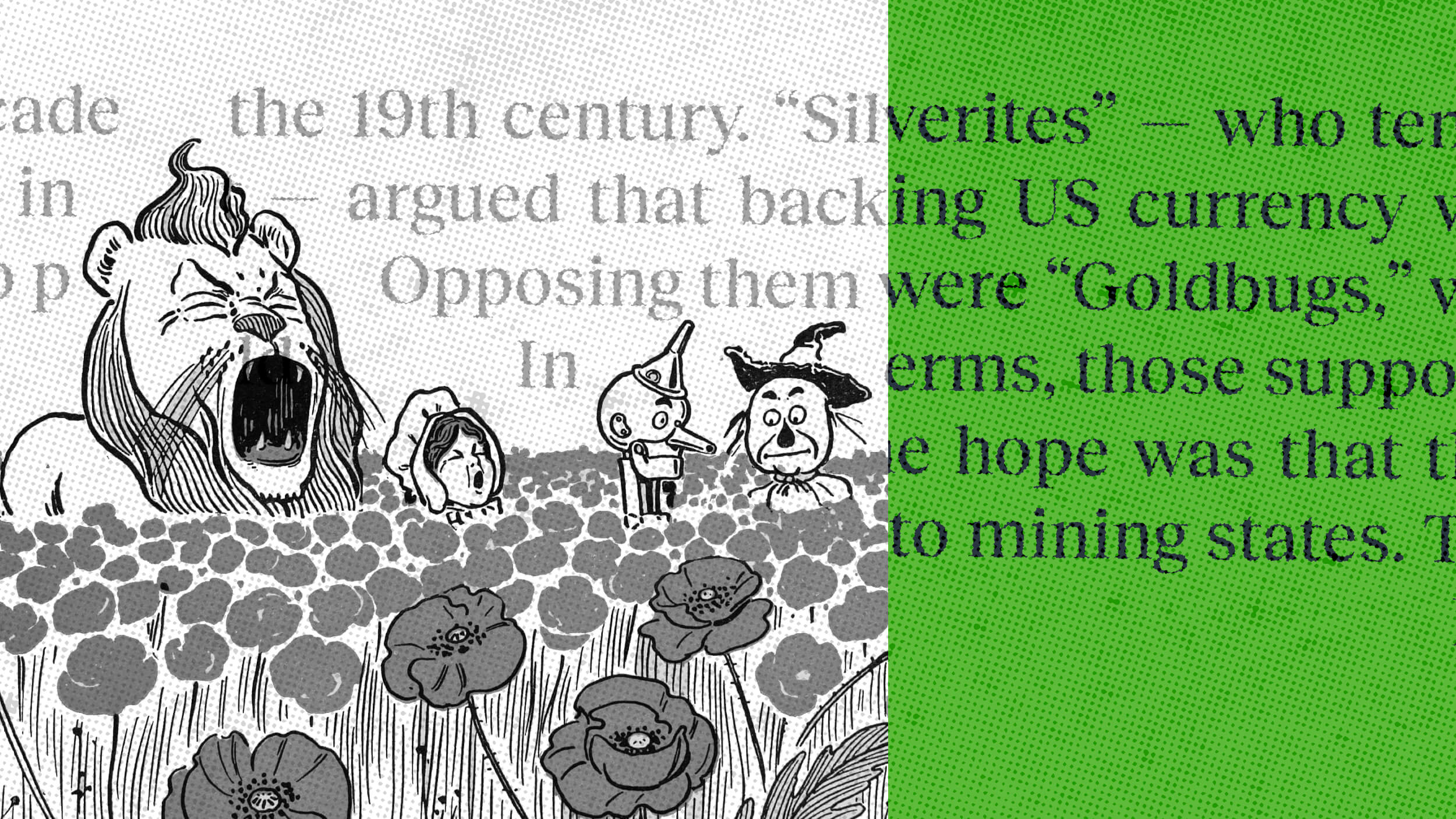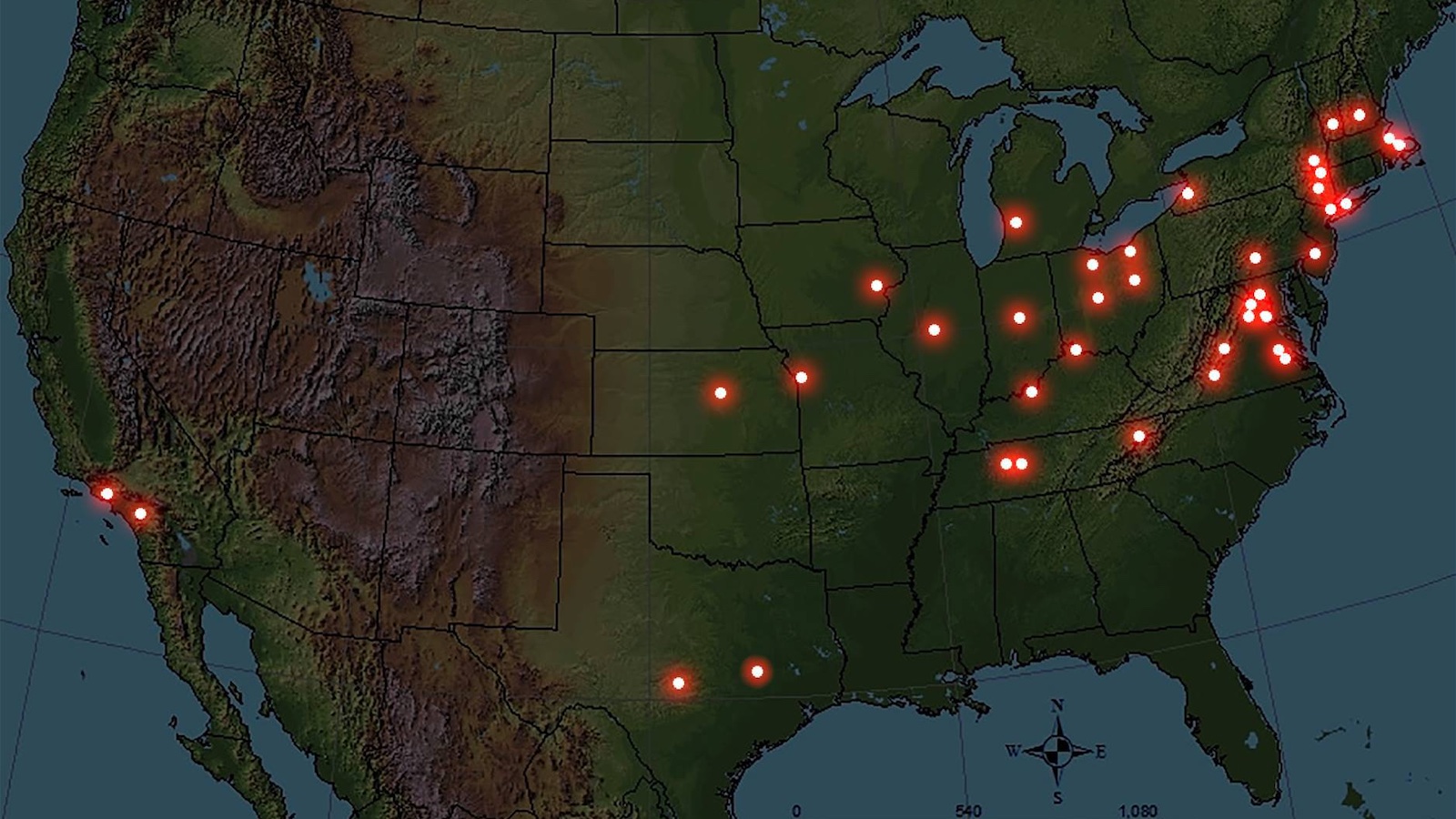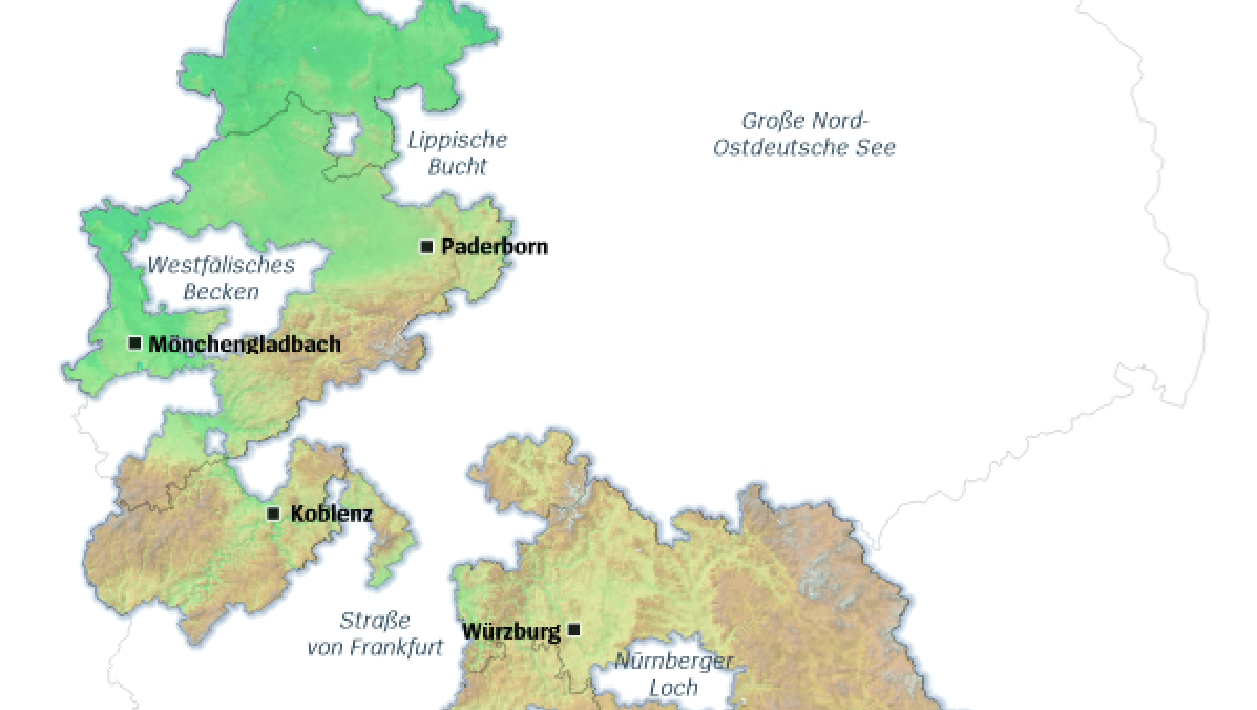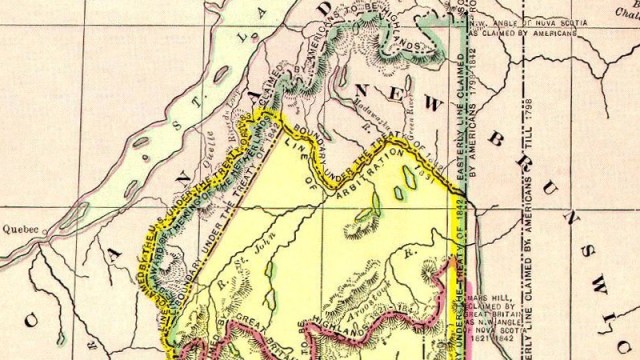108 – The Geography of France’s Presidential Elections
n
n
The frequently fascinating and highly recommended Catholicgauze (“a blog on geography, geographic thought, and cool geography links”) presents an interesting map showing the results of the first round of France’s presidential elections on April 22, 2007.
n
About a dozen candidates participated in that first round, but the three main contenders turned out to be Nicolas Sarkozy (right-wing; 31,2%), Ségolène Royal (left-wing; 25,9%) and François Bayrou (centrist; 18,5%). Sarkozy and Royal, the two best-scoring candidates, face each other in the second round on May 6, 2007.
n
The map shows which of the three main contenders came out on top in each of France’s 100 départements(91 in France proper, France’s 9 overseas départements are represented by dots on the left-hand side of the map). And in doing so tells a more interesting story than the mere percentage points mentioned above.
n
For starters, it shows how localised support really was for Bayrou, who only succeeded in winning his home département of Pyrennées-Atlantiques.
n
Sarkozy, on the other hand, must regret France has a proportional electoral system for the presidency and not a ‘first past the post’ one as in the US (where the biggest vote-getter in a state receives all the political capital – i.e. Presidential Electors – for that state). For he is the biggest vote-getter in 74 out of the 100 départements.
n
‘Sarko’ wins 6 out of 9 overseas départements (all 4 Pacific ones – New Caledonia, French Polynesia, Wallis and Futuna, Mayotte; and 2 in the Americas – French Guyana, Guadeloupe) and 68 out of 91 of the ‘metropolitan’ départements.
n
Royal wins in 24 départements – 3 overseas (Martinique and St Pierre and Miquelon in the Americas, and Réunion in the Indian Ocean) and 21 in France itself. Those are, aptly, left of centre (cartographically speaking).
n
The geographic distribution of Sarko and Ségo’s respective electoral strongholds is quite striking. Sarkozy holds sway unopposed north, east and south-east of the country. Royal dominates Brittany (the ‘nose’ of France) and the south-west, and won in two electoral exclaves in Sarko-territory: a part of Paris, and the département of Nièvre.
n
These exclaves notwithstanding, the areas in which each of the two main contenders won, are mainly contiguous, as if they were ‘sub-countries’ gearing up for a confrontation. I am reminded of election maps of Ukraine’s most recent presidential elections, in which the west of the country voted for the Viktor Yushtchenko (who wanted to move his country ‘westward’, into the EU and NATO) and the east voted for Viktor Yanukovich (who was more oriented towards Russia, Ukraine’s eastern neighbour).
n
Catholicgauze mentions that the voting pattern this time around was similar to previous elections: “The east and north parts of France vote conservative while the southwest, the west, and Paris go Socialist.”
n
It would be interesting to find an explanation for this geo-electoral phenomenon. Mesdames et messieurs, vos commentaires, s’il vous plaît!
n
PS – I’m hopeless with numbers, so please excuse any discrepancy, inconsistency or fallacy in my tallying up of the départements. Especially since one département is left blank on this map, as I’ve just now noticed: Haute-Savoie, bordering Switzerland (just below Lake Geneva, to be exact).
n
PPS – Another oversight is the white dot towards the south coast of France: an exclave of the département du Vaucluse, just to the south of it.
n






